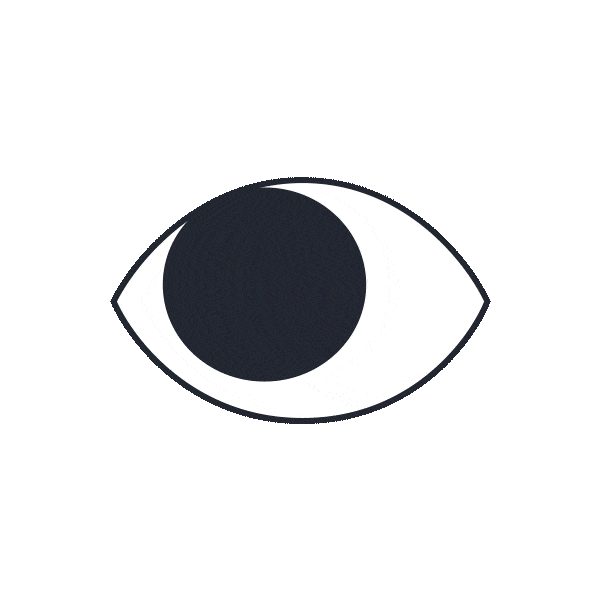People shelter from shelling in the basement. Mariupol, Ukraine, March 12, 2022. © Mstyslav Chernov / Associated Press
“Where the hell are the journalists?” These words erupted at dawn in the inferno of Mariupol, a Ukrainian martyr city on the Sea of...



